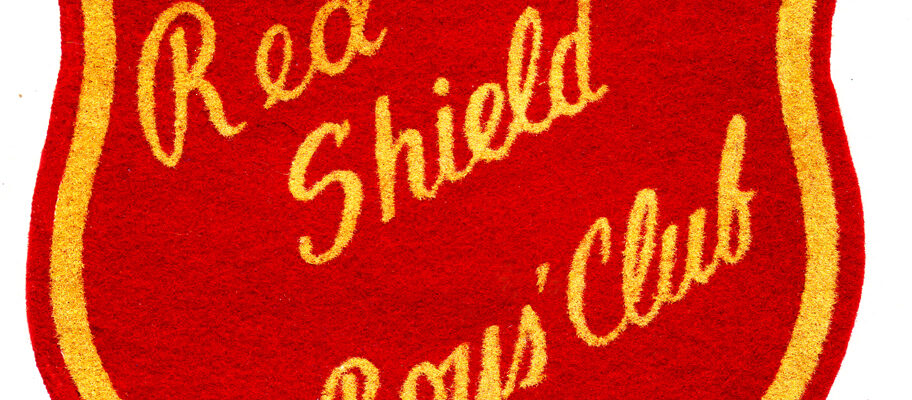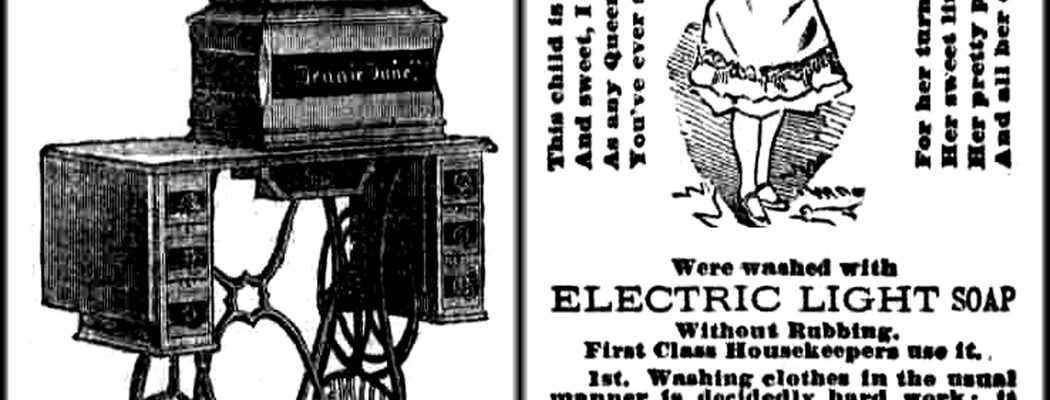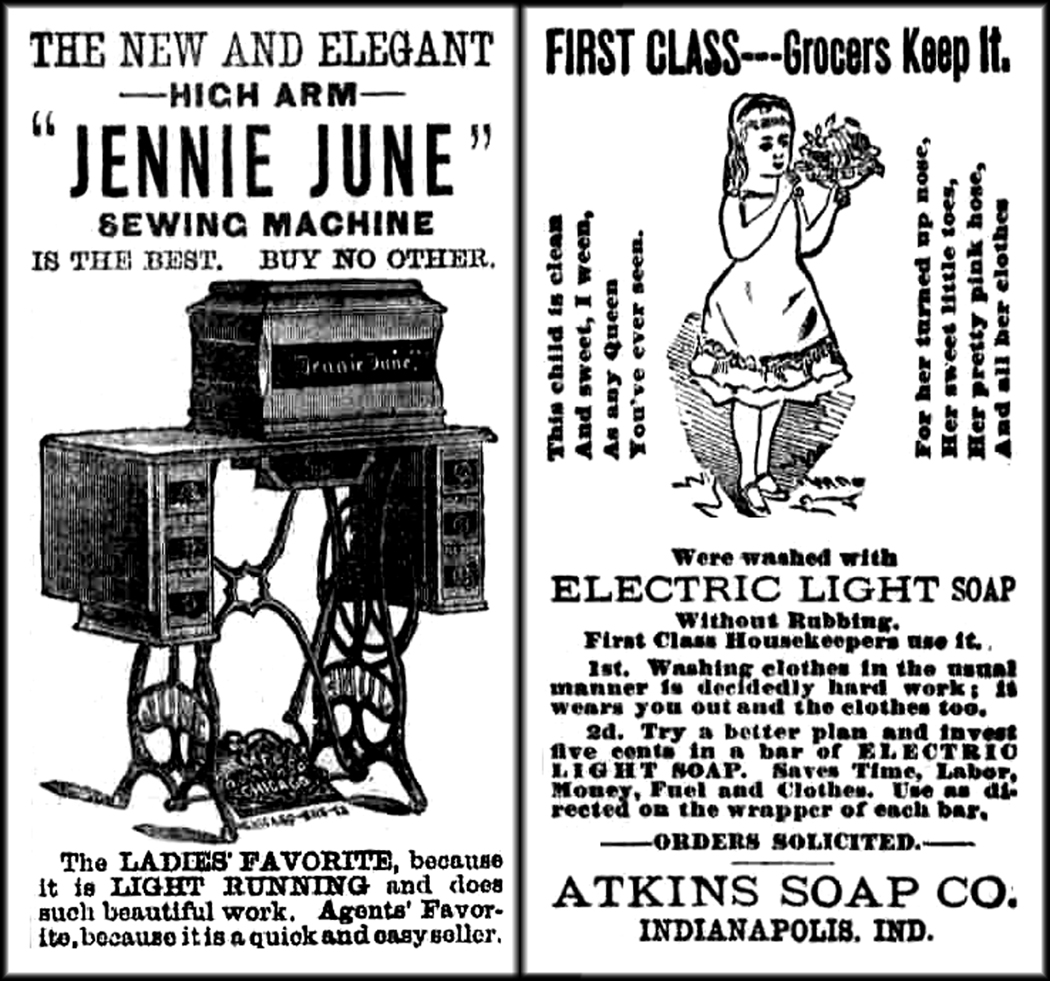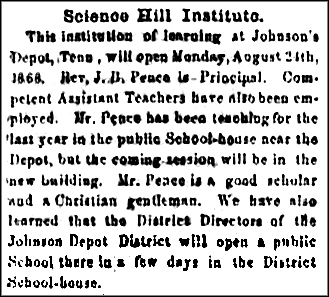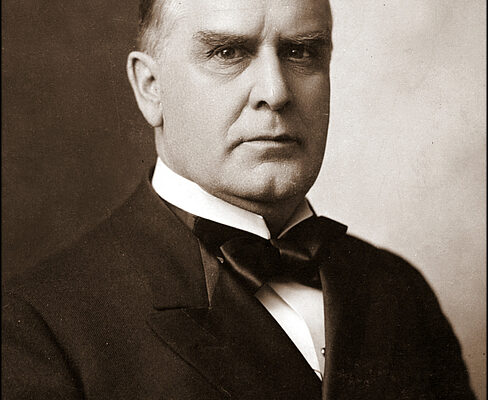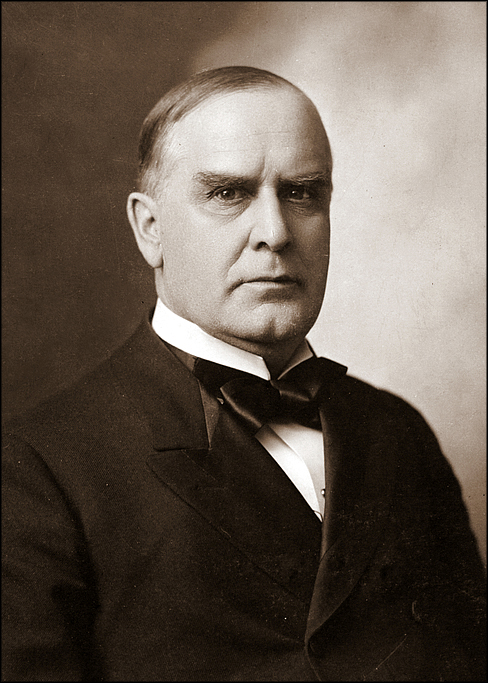The subject of the Red Shield Boy's Club has become a favorite subject with my readers with two of them adding their comments about the organization: Norm Andrews and Dick Church.
Norm Andrews
“I was visiting some relatives in Johnson City and saw your article about the Red Shield Boys' Club. I enjoyed reading it, which brought back a flood of memories. I did note one error. In the third paragraph, you stated that the club was initially located at 228 W. Market St. Actually the club was located one block further east on W. Market, but I'm not exactly sure of the address. It was upstairs over a grocery store or maybe a furniture store somewhere between 130 and 140 W. Market St.

“After reading your article I stopped and looked at those buildings and saw only one entrance to an upstairs from street level. That address was 132.5 West Market St so I'm betting that was the location of the original Club. (A city directory confirms Norm's conclusion.)
“I attended the Club at that location and remember it well because I broke my arm there. It moved to 228 W. Market about 1952 which was a huge improvement but the low ceiling made playing basketball a challenge. I was quite active at the Club.
“I participated in most of the activities, primarily basketball, until I was a junior in high school. Through the 1950s, the Club was unofficially segregated. Later in the 50s, black kids would come in and play basketball and our Boys Club basketball team scrimmaged against the Langston High School team.
“I remember some of the young men pictured in your article, and I also remember some of the ones on the Langston team. I visited the new Boys and Girls Club facilities on W. Market St., just past State of Franklin, hoping to see a lot of pictures of the old facilities and, perhaps, some historical memorabilia. Although it was not there, I was impressed with the opportunities boys and girls have there today. It was modern and well-furnished, as compared to the facilities of the 1940s-50s, but I doubt the boys and girls who attend this modern facility appreciate the Club any more than we did back in my day.
Dick Church
“My Grandpa used to run a small “minute picture” photo studio that started out in the little alley way that ran between Main and Market right near the Majestic. Next door was a shoe shop. You may remember the place.
“Soon, he moved the business to an upper floor space that was near the Boys Club. I have a lot of the pictures he made of me and my family back in those old days. I wore bib overalls and went barefooted most of the time. During the WWII days, the girls would come into the studio and pose for pictures to send to their boyfriends fighting in the war.
“The pictures my grandpa made were much like a Polaroid in that he would take the shots and immediately run the positive film through the chemicals in the dark room, dry them and deliver to the customer in just a few minutes. It was nothing fancy, but he got the job done in an era when not everyone had a camera.
“I remember once the Club had a contest for the most freckled faced boy. I think I was high on the winners list. It was such a great laid back place to hang out.
“Back in those days I had free run of the town. Parents didn't have to worry about something happening to a kid in those days. We went to movies, visited Pat's Trading Post, went to London Hardware or to Ben's Sport Shop. Whatever we needed could be found downtown.
“I remember when Eddie Cowell was on the sidewalk near the Majestic with a radio microphone in his hand, talking to people on the street. He was sponsored by a bread company. And how about the Majestic, which had the “Young Americans Club” for kids every Saturday. They had a live talent show that featured kids standing on the stage. I once played my harmonica over the radio.”
Keep those Red Shield Boys' Club memories flowing.
